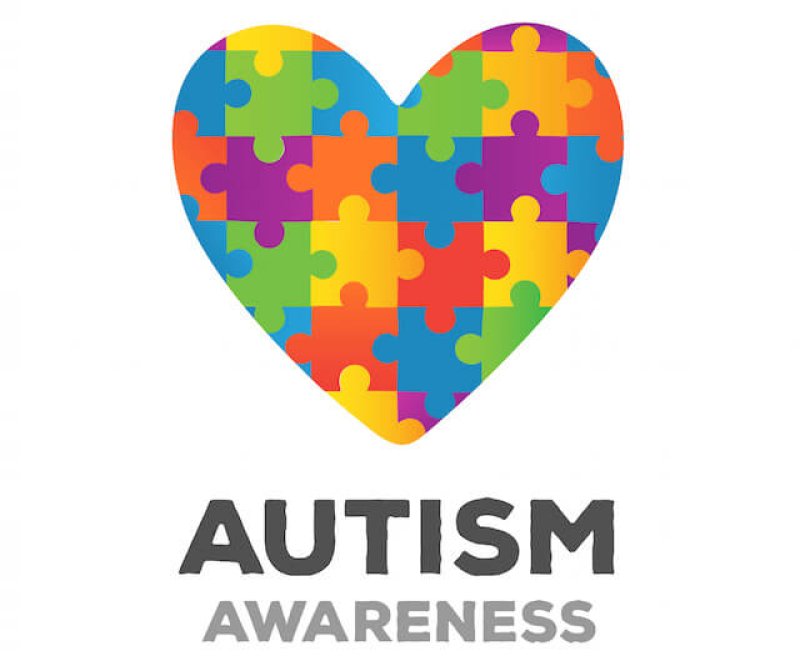Autism diagnosis has skyrocketed over the last several decades. In 1985, one in 2500 children were considered to be autistic; in 2009, the prevalence was one in 110.
So, what accounts for this massive rise in numbers, which some describe as an epidemic? Several enticing, albeit false, explanations have cropped up; perhaps the two best-known were the “refrigerator mother theory” of the 1950s, which pinned blame on bad parenting, and the 1998 MMR vaccine controversy that spurred the ongoing and dangerous “anti-vaxxers” movement. Both of these theories have been repeatedly debunked, but something must explain the steady increase in cases.
In his TEDTalk, Wired journalist Steve Silberman attributes the rise in diagnosis to a “perfect storm of autism awareness” that erupted in the late ’80s and early 90’s. Heightened cultural awareness – marked by Dustin Hoffman’s portrayal of an autistic adult in the popular film Rain Main – in addition to a push from psychologists to widen the diagnostic criteria and introduce clinical tests put the little-understood disorder on the forefront of medicine and the larger public.
Understanding the long history of autism is crucial in the continuing effort to recognize those on the spectrum as people, rather than medical anomalies. “If the CDC’s current estimate, that one in 68 kids in America are on the spectrum, is correct,” Silberman explains, “autistics are one of the largest minority groups in the world. In recent years, autistic people have come together on the Internet to reject the notion that they are puzzles to be solved by the next medical breakthrough, coining the term ‘neurodiversity’ to celebrate the varieties of human cognition.”
The GLP aggregated and excerpted this blog/article to reflect the diversity of news, opinion and analysis. Read full, original post: The forgotten history of autism































